Diwali is a season of fervor, fun, and jubilation. It holds a special place in the hearts of people across the country, even though its celebration varies from state to state. The festival is universally embraced with enthusiasm and open hearts. Diyas, rangolis, radiant lights, and vibrant decorations, along with the joy, merriment, and laughter, lie at the core of these festive celebrations!
Let us take a look at how Diwali is celebrated across the country.
North India
In Northern India, the religious significance of Diwali is deeply rooted in the legend of Lord Rama's return to Ayodhya with his wife Sita and brother Laxman after 14 years of exile. It was a moonless night during the Kartik season, shrouding the kingdom in darkness. However, to mark their joyous return, the people of Ayodhya illuminated the entire city with countless diyas and celebrated the occasion with immense fervor. Lord Rama's homecoming also symbolizes the victory of good over evil, a theme that continues to be cherished and observed in states like Uttar Pradesh, Himachal Pradesh, Haryana, Bihar, and neighboring regions.
Sikhs in Punjab have another reason to celebrate this day of Diwali, also known as the Bandi Chhor Divas (literally, "Day of Liberation"). They celebrate this day to commemorate Guru Hargobind Ji’s courageous act of releasing 52 kings from Emperor Jehangir’s capture. Gurudwaras are lit extravagantly, and thousands of Sikhs and other worshippers light candles and diyas in respect. There are also elaborate feasts, or langars served in the gurudwaras. During the day, a procession called Nagar Kirtan is held to commemorate the Guru’s victory and valor.
Houses in Delhi, Himachal Pradesh, and other nearby areas are decked out with candles, lights, diyas, bandhanwars, and rangolis. At night, Laxmi Puja is performed. There is a custom in some homes where a silver coin is placed in a milk tumbler before being sprinkled throughout the house. The Dev Deepawali, also known as the Diwali of the Gods, is celebrated in Varanasi, Uttar Pradesh. Devotees think that during this time, Gods and Goddesses descend to Earth to take a dip in the Holi Ganga. River Ganga is worshipped with prayers and diyas, and the banks are beautifully mesmerizing with their rangolis and lamp decorations. Dev Deepawali occurs fifteen days after Diwali and coincides with the full moon of the Kartik month.
East India

Source: Times of India
In Eastern India, essential Diwali rituals include the lighting of lamps, candles, and diyas, along with the artful creation of rangolis and the delightful consumption of sweets. As a customary practice, people often leave their doors unlocked, welcoming Goddess Lakshmi into their homes. This tradition stems from the belief that Goddess Lakshmi doesn't enter a dark house, hence the importance of keeping homes brilliantly illuminated throughout the festival.
In West Bengal, Laxmi Puja follows Durga Puja by six days. On Diwali night, Goddess Kali is revered well into the early hours, and numerous Kali Puja pandals can be found across the region. While other traditions remain unchanged, rangoli patterns continue to be a significant part of the celebration. Diwali night is also known as Pitripurush, the night dedicated to honoring ancestors. To aid the departed on their journey to heaven, diyas are lit atop tall poles. Similarly, in Odisha, Diwali celebrations include paying tribute to ancestors by burning jute sticks to attract good fortune and blessings.
North-Eastern India

Source: The Sentinel Assam
Diwali's vibrant hues blend with the spiritual and natural surroundings of our Northeastern states to create the Tihar Festival, a variant of the festival of lights.
It is a celebration honoring the wonders of nature, the abundance of the natural world, the need for flora and fauna for food, and, among all of that, the long history of human civilization. The states of Sikkim, Meghalaya, Nagaland, Assam, and some regions of Northern Bengal and Nepal are where the Tihar festival is widely observed. During the five-day Kaag Tihar celebrations, prayers are offered to all the creatures—including birds, dogs, cows, and even the wild ones—and plants that appear in our mythology.
On the first day, sweets are distributed to the crows. They believe that the crow is a symbol of sadness and grief and that it brings bad news to a family. A family can avoid sadness in their lives by feeding them sweets. On the second day, which is known locally as Kukkad Tihar, dogs are worshipped and fed a variety of delectables. In mythology, dogs hold a special place and have long served as humans' obedient companions. They are fed meat and fish, as well as worshipped with garlands. Gai Tihar marks the start of the third day. Cows, buffaloes, and bulls are worshiped with garlands, "panchadeep," tika, vegetables, and sacred threads. Laxmi Puja is also performed on this day by a large number of families. As night falls, earthen lamps, candles, and other lights cover the entire Northeast's rooftops. The most alluring scene is when the tribes sing the Deusi and Bhailo folk songs, which describe Lord Rama's suffering and Lord Hanumana's glory, in front of the fireworks. The last two days of Tihar celebrations are dedicated to Govardhan Puja and Bhai Tika, the Northeast's version of Bhai Dooj.
South India

Source: Huffpost
Diwali is celebrated in South India during the Tamil month of Aipasi (Thula month), also known as "Naraka Chaturdasi." It is the main day of Diwali festivities. The household oven is cleaned the day before the main day, and then lime is spread all over it. The water-filled oven, which is used for the oil bath on the main day, has drawings of religious symbols on it. On the main day, the festivities start with an oil bath before dawn. Sweets are consumed afterward, and fresh attire is donned. People clean their houses and decorate them with kolam designs, which are similar to rangolis in Northern India.
Karnataka observes Ashwija Krishna Chaturdashi and Bali Padyami, two important festivals. People take an oil bath on the Ashwija Krishna Chaturdashi holiday. The celebrations in Tamil Nadu are similar in that people take baths in oil infused with betel leaves, aromatic pepper, and other ingredients. Additionally, on Bali Padyami, people in Karnataka narrate stories about King Bali and build forts out of cow dung. The clay idol of Satyabhama, Lord Krishna's consort who killed Narakasura, is worshipped by Andhra Pradesh residents every Diwali as they chant prayers and ask for blessings.
West India

Source: The Economic Times
Western India observes Diwali in a lavish manner each year. A few days before Diwali, the markets are crowded with shoppers as well as a lot of diyas, lamps, firecrackers, and other things.
The evening before Diwali, Gujaratis decorate the fronts of their houses with colorful rangolis. Additionally, to welcome Goddess Laxmi, footprints are made. According to the Hindu calendar, Gujarat celebrates Diwali as the New Year. Some homes leave a ghee-lit diya burning all night. The following morning, women paint their eyes with kajal, which is made from the flame collected from this diya. This tradition is regarded as extremely auspicious and is thought to bring prosperity for the entire year. Gujarat, in particular, has a strong commercial and business presence. Diwali is regarded as a lucky day for starting new businesses, purchasing real estate, opening stores and offices, and celebrating important life milestones like weddings.
Diwali is celebrated for four days in Maharashtra. The first day, Vasubaras, is honored by having a cow and calf Aarti performed. This represents the affection a mother has for her child. The following day is Dhanteras or Dhanatrayodashi, observed similarly to other cultures. The third day, Narakchaturdashi, is when people visit temples and take scented oil baths early in the morning. Following this, Maharashtrians feast on a special Diwali preparation that includes delectable sweets like karanji and ladoo as well as spicy eatables like chakli and sev. This feast is known as “Faral.” Lakshmi Puja is performed on the fourth day, which is the main Diwali day. Goddess Lakshmi and wealth-related items such as money and jewelry are worshiped in every home.
References:













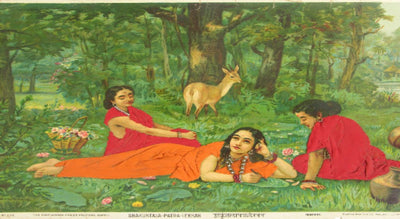
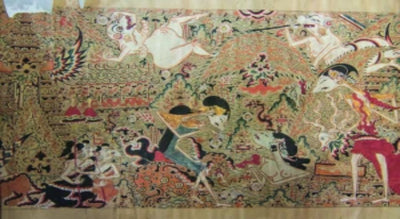
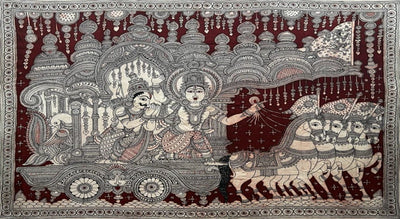

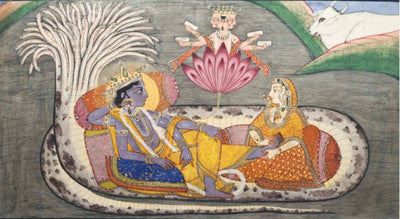
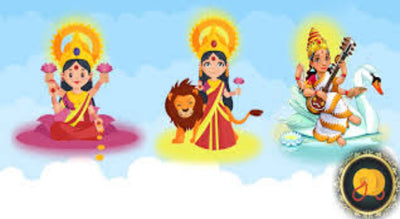
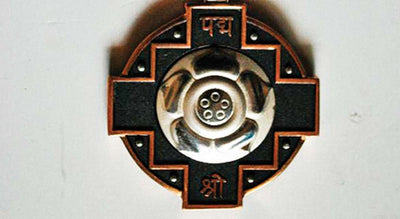
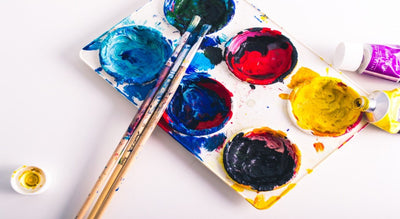
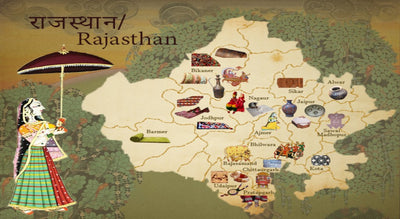
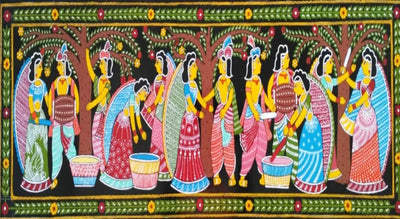
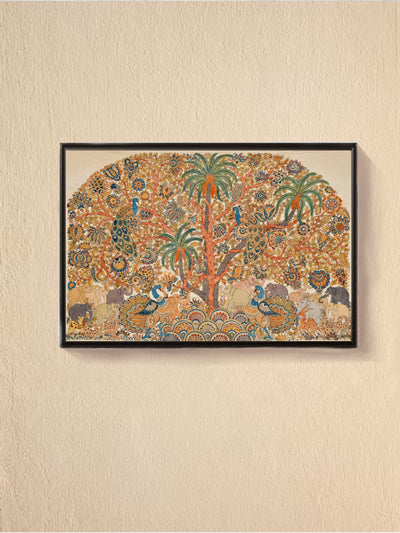







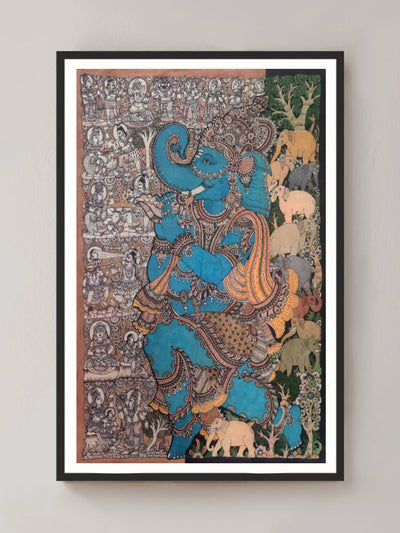








0 comments